Home > Market > Other Regions > Here
Analysis of Concentrated Solar Power Project Trace Heating Failures
2019.03.21 From: Will Dooley, MICC Group

Trace Heating
Electric Trace Heating is a system used to compensate for heat losses, using an electrical heating element, which is placed in physical contact with the surface of pipelines, tanks, vessels, equipment etc. It can also be fitted inside the pipe or vessel with suitable glanding.
In this way, you can keep your manufacturing process alive and unfrozen by maintaining or raising temperatures.
Concentrated Solar Power Trace Heating
Electric Trace Heating is critical to prevent freezing of molten salts (60% sodium nitrate and 40% potassium nitrate, from 207°C), Heat Transfer Fluid (Biphenyl ether mixture, from 12.3°C), synthetic oil (15°C) and water & condensates (0°C).
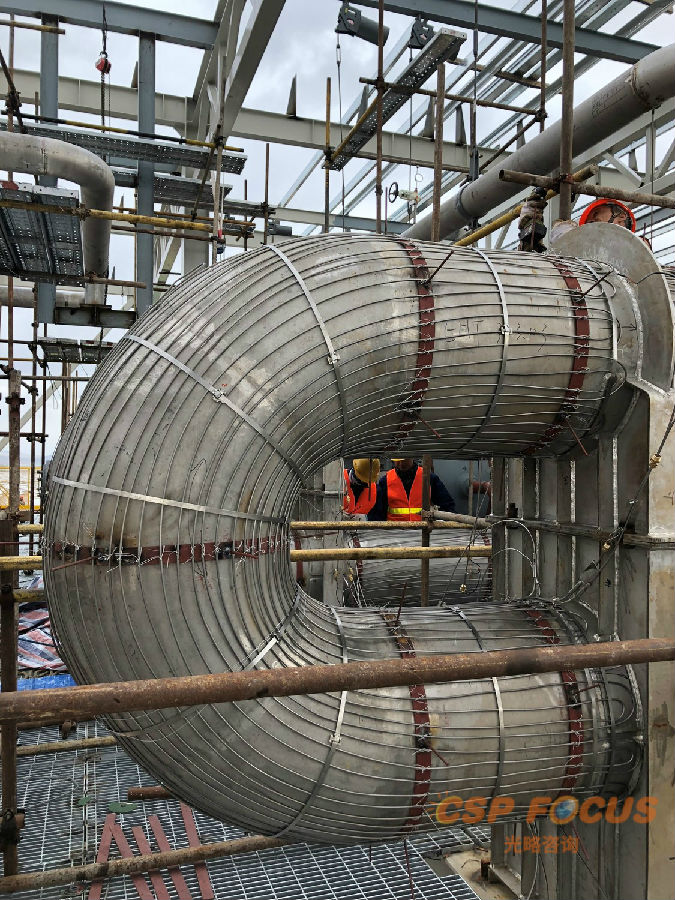
As such Trace Heating is vital to the Thermal Energy and Heat Transfer System as well as the Balance of Plant. If the materials in pipes, flanges etc. are not heated and the liquids solidify, the plant will be forced to stop creating significant downtime and cost to repair.
The operation temperature in CSP applications can be as high as 560°C, and as such only one type of Heating Cable can be used: Mineral Insulated Cable.
There have been numerous high profile failures in Concentrated Solar Power which have been a direct result of poor Design, Installation or Control of the Trace Heating units.
Common Mistakes
Design Choices
Wrong resistance is chosen, and consequently not enough power to raise temperatures adequately. Conductor resistance should be within 10% of the desired value, the safety factor should be ≥ 1.2, and the supplier should be at least ISO9001 certified.
Wrong cable choices on shorter circuits which are more likely to burn out quicker
Using the minimum amount of cables but powering them to their limit – reducing their useable lifespan.
Using a cable that is providing too much power or using too many cables in one area (poor trace ratio) which is uneconomical.
Using a metal sheath that is unnecessary for the environment and consequently an uneconomical choice. Or using a metal sheath which is inappropriate for the environment. Does the manufacture meet international standards such as (ATEX, IECEx, CSA etc). Total traceability of materials is vital.
Using a cable that requires more accessories than necessary such as junction boxes, splice kits etc. which ramp up total costs.
Inaccurate measurement of cable runs which can lead to the wrong unit lengths with costly ramifications on site, or unnecessary crossing of cables with associated premature failure.
Installation Choices
Decide storage and SAT to international standards such as IEC62395 at the project definition stage. One must agree on suitable instruments to be procured for SAT inspection, agree on training requirements for installers and request installation manual.
Supervision and quality control on site must be adequate. Without using trace heating installation experts easily avoided mistakes can occur.
Real Life Examples
The following photos were taken on the site of CSP projects where MICC Group was called in to repair Trace Heating issues.
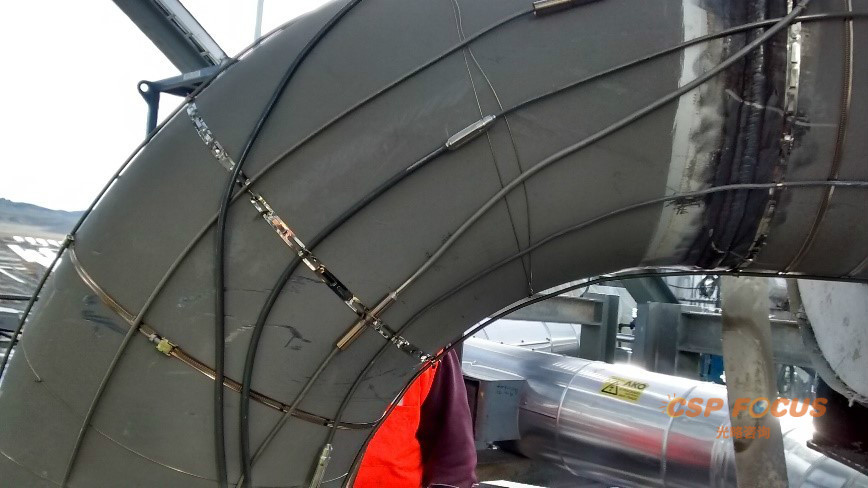

Overlapping MI Cables- Causing overheating on the pipe

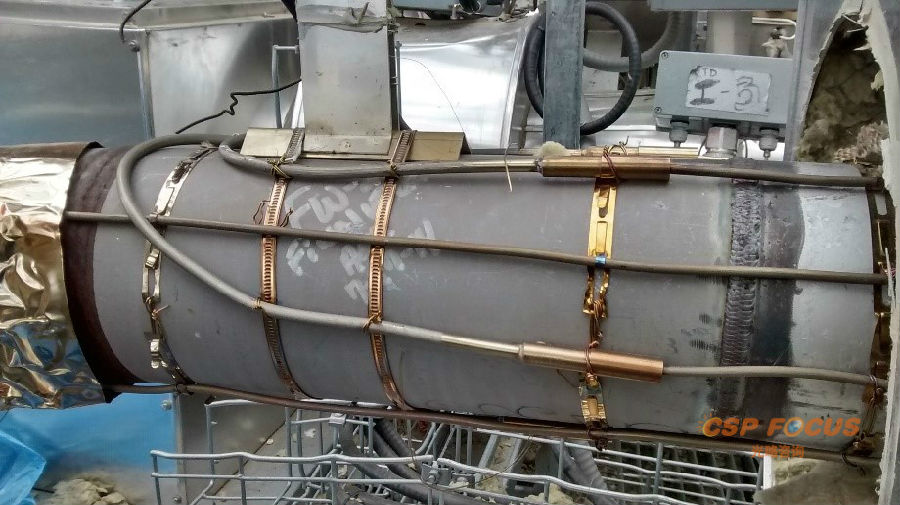
Band Over Joint – The Joint needs room to expand

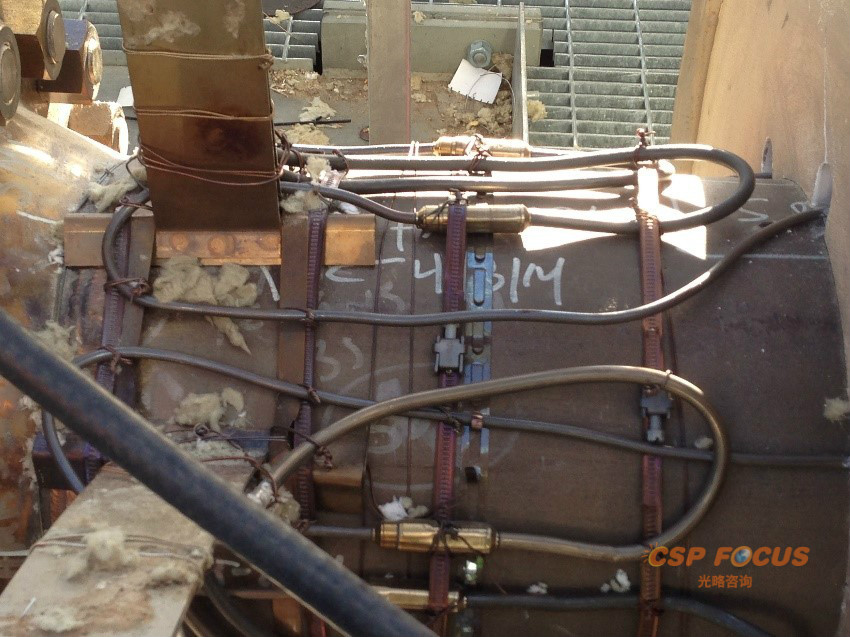
Heating cable off the edge/ Cables not touching pipe- Uneconomical use of Cable
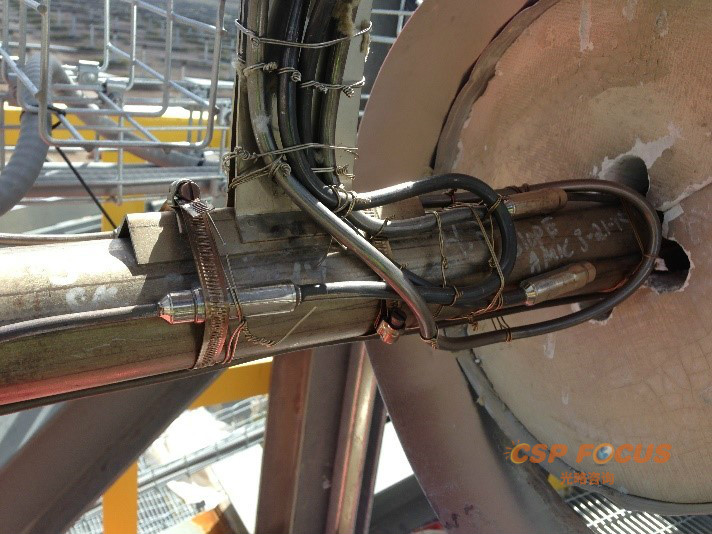
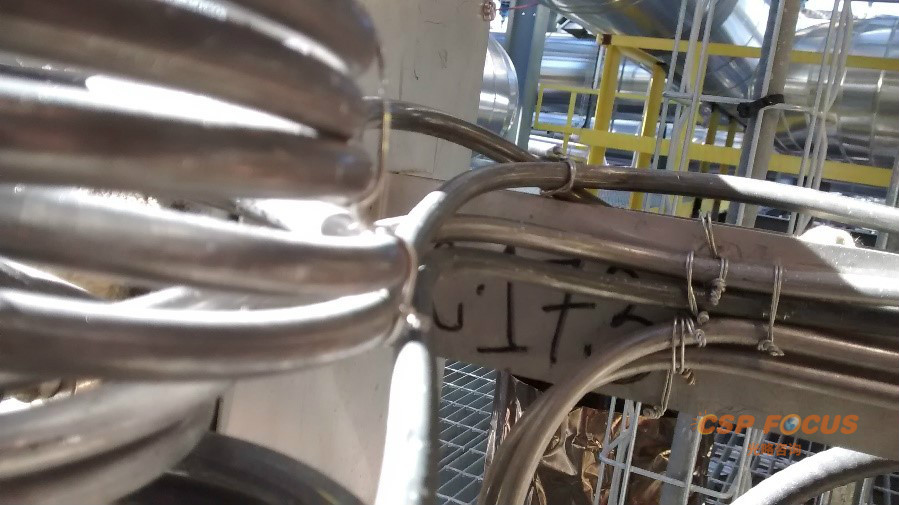
Cables too close together – Poor trace ratio and overheating likely
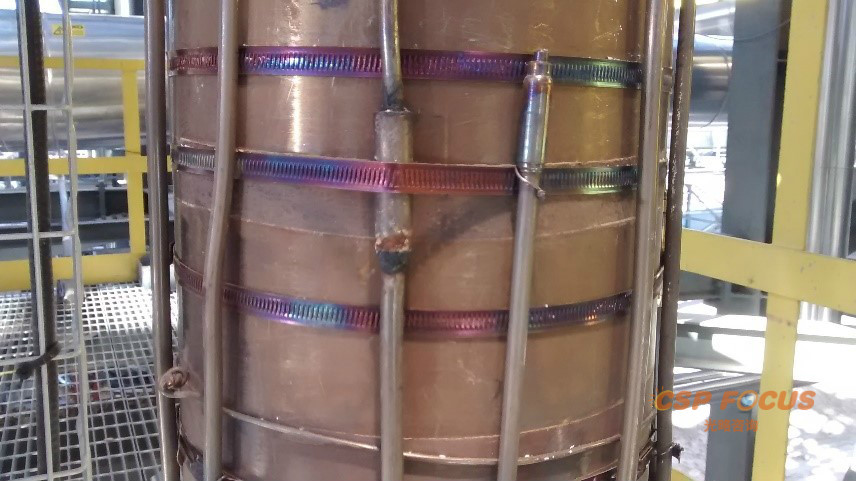
Corrosion – Due to the wrong metal sheath choice
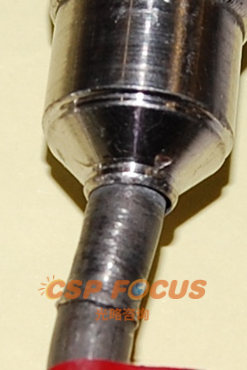
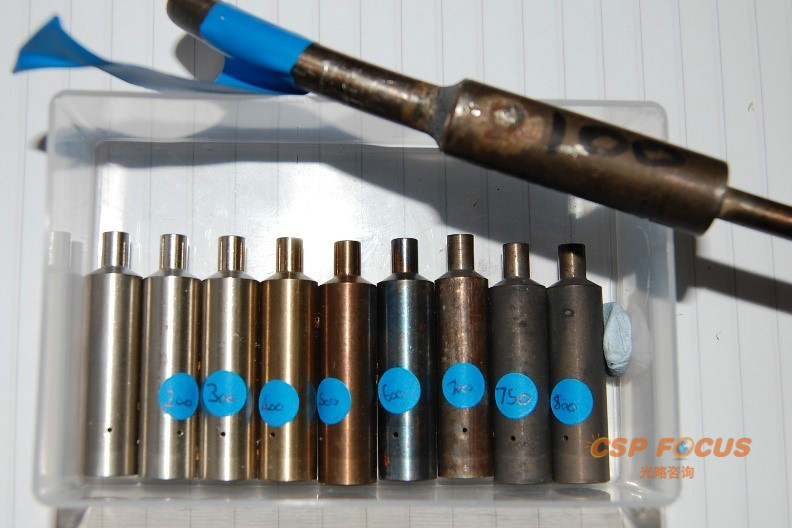
Weld Failure - Temperature Cycling and Overheating (likely from placing joints directly on the pipe- exposing it to high temperatures and creating unsuitable access for repair).
and saving the best till last...

Whereas Good Installation from MICC Group looks like:


Conclusion
MI Cable though very robust needs to be handled and installed by properly trained and experienced installers. The production, handling, transport and storage in the field (when necessary) are important for the final quality in an application.
FAT and SAT coordinated technically and document protocols (in production, storage, before installation, after installation, after insulation and cladding) are imperative. Through proper supervision from individuals with suitable expertise, these are easy mistakes to avoid. Without suitable expertise, the downtime caused by these simple errors can cause project catastrophes.
Click to view the original article created by Will Dooley from MICC Group.
Visit http://www.miccltd.com/ to learn more about MICC Group.
Upcoming CSP events:
4th Annual CSP Focus MENA 2019(Jun.26-27, Dubai)
3rd CSP Focus Innovation 2019(Oct.24-25, China)
More CSP news and reports please visit www.cspfocus.cn
More from CSP Focus
NextResearchers, industry partner to trial solar thermal energy to enhance comminution
Morocco Pioneers PV with Thermal Storage at 800 MW Midelt CSP Project
BingSheng Chemical Won the Molten Salt Tender for TES Demo Project
ACWA, Shanghai Electric lead the processing of Dubai 950MW CSP-PV NOOR Energy 1 Project
Construction progresses on final phase of Dubai concentrated solar power park
Receiver tube+ solar field integration+ project development---China Royal Tech solar CSP Empire
NREL's Concentrated Solar Power program is the development of low-cost
Leave your thoughts here
Reports(Member Only)
See more+-
CSP Focus Membership Proposals
We are now proposing CSP Focus Membership, hoping to better serve our members to keep pace with the latest updates of ongoing CSP projects worldwide, and to establish and maintain business relations with major shareholders of the projects. CSP Focus offers to Membership exclusive access to:1. Daily/Weekly update and analysis on CSP policies, projects, technologies, market trend and corporate relea
-
The Latest CSP Focus Monthly Update
Join CSP Focus Membership to Get the Latest CSP Focus Monthly Update December Edition.
-
CSP Project Monthly Update 2022 December Edition
CSP Focus is presenting CSP Project (China) Update 2022 December Edition.Detail report is available for CSP Focus Membership.
-
Presentations-CSP Focus China 2021
The Report is for CSP Focus Members only.
Upcoming Events
See more+-
12th CSP Focus China 2022
2022.04.21-22 Beijing
-
11th CSP Focus China 2021
2021.10.28-29 Beijing
-
10th CSP Focus China 2020
2020.10.22-23 Beijing, China
Project Updates
See more+-
Lanzhou Dacheng Dunhuang CSP Project
Asia Pacific-China,Operational,Parabolic Trough
-
Luneng Haixi 50MW Molten Salt Tower CSP Project
Asia Pacific-China,Operational,Power Tower
-
Dubai 950MW NOOR Energy 1 CSP+PV Project
MENA-UAE,Under construction,Power Tower
-
Power China Gonghe 50MW Molten Salt Tower CSP Project
Asia Pacific-China,Operational,Power Tower





